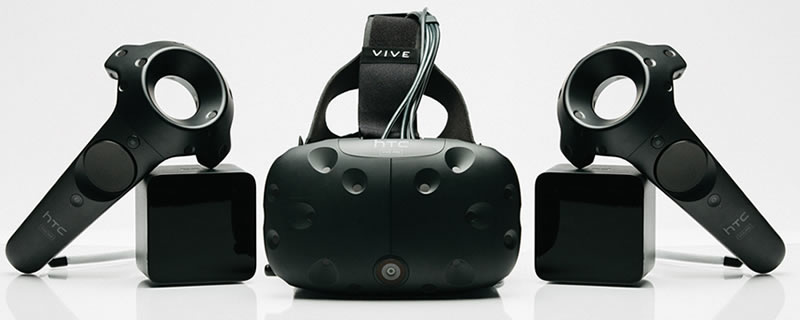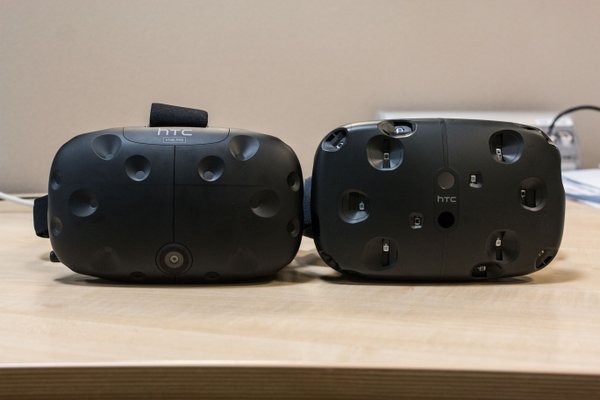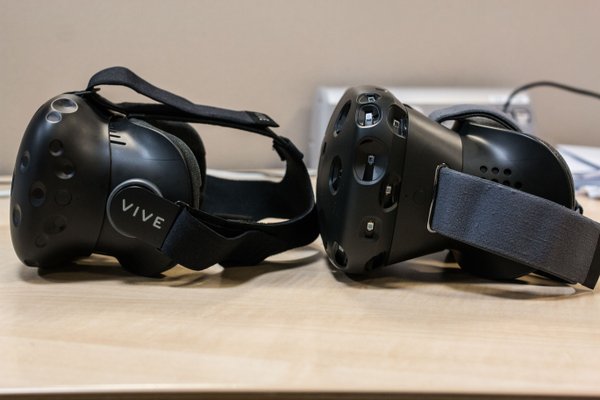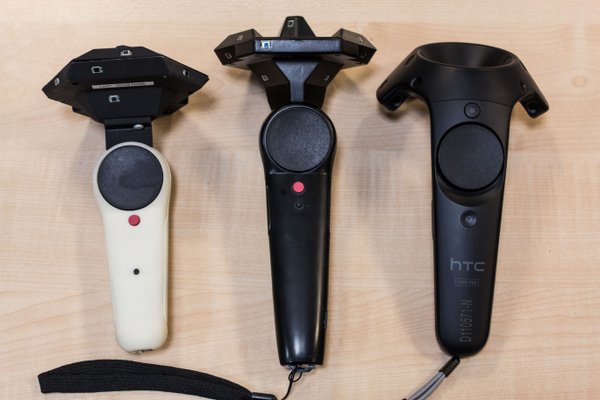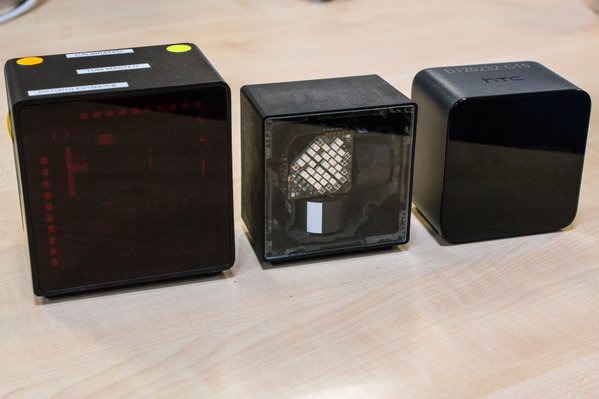The Evolution of the HTC Vive
The Evolution of the HTC Vive
Â
Things change a lot during development and not always for the better, sometimes games get downgraded, the release model changes sometimes what is released barely even resembles what was promised in the first place.Â
The HTC Vive has been in development for a long time, but ever since it’s original announcement the headset and it’s accessories have not only change visually, but have became much more usable and have had significant features added to the headset, so much so that many people give it the technological edge on even the Oculus Rift.
Today a developer called Shen Le has posted a tweet showcasing the old developer kits for the HTC Vive beside the newest iteration of the headset, showing how much both the headset and it’s accessories have changed over the post year of development, showing the headset become considerably less bulky and much more refined and the Lighthouse controllers and sensors almost become unrecognizable when moving from early prototypes to the final design. Â
Â
Â
One of the most recent additions to the HTC Vive has been the addition of it’s front facing camera, which allows users to see real lif objects inside the virtual environment, which not only greatly improves the safety of using the unit, but also allows the user to snack or drink while using the unit, which would be a lot easier than needing to take of the headset in order to eat or drink.Â
We can see that the Lighthouse boxes and even the headset itself have became smaller and much smaller, curved and aesthetically pleasing, which in the case of the headset would make it much easier to use over long periods, especially with weight reductions.Â
Â
Â
Right now the HTC Vive has not been priced, but it will become available in March of this year. Given the fact that it will ship with motion controls and the fact that the headset is technologically more advanced, it is likely that it will command a higher price than the Oculus Rift, which may have a huge impact on the units adoption.Â
Right now the HTC Vive uses a 2160×1200 screen that runs at 90Hz, meaning that the HTC Vive will have a resolution of 1080×1200 for each eye, which is the same resolution as the Oculus Rift and a higher resolution than used on Playstation VR. Â
Â
You can join the discussion on the Evolution of the HTC Vive on the OC3D Forums.Â
Â



